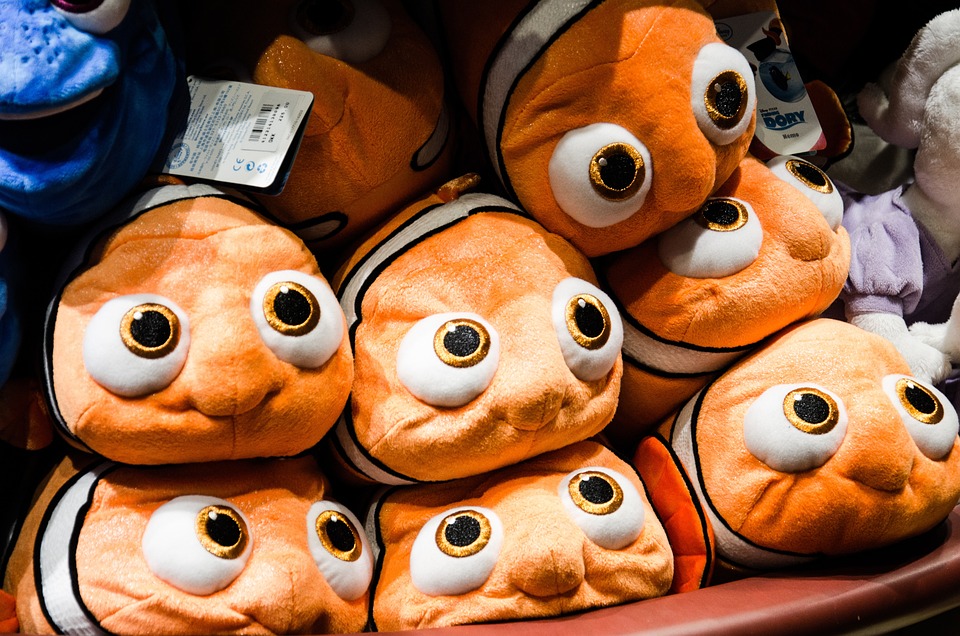In the world of aquariums, understanding fish behavior is key to creating a harmonious and thriving community. One important aspect of fish behavior is the influence of tank mates on social interactions. In this article, we will explore the significance of tank mates, aggression and compatibility, schooling and shoaling behavior, and the influence of tank mates on breeding behavior.
Firstly, it is important to understand the social nature of fish. Many fish species are highly social and thrive in the presence of companions. Tank mates play a crucial role in mimicking natural environments for fish, providing them with a sense of security and reducing stress. By selecting compatible tank mates, you can create an environment that closely resembles their natural habitat, resulting in happier and healthier fish.
Aggression is another important factor to consider when choosing tank mates. Some fish species are naturally more aggressive than others, and their compatibility with other species can vary. It is crucial to identify aggressive fish species and avoid keeping them with peaceful ones to prevent aggression and stress. Factors such as size and space requirements, water parameters, habitat preferences, and feeding habits can greatly influence compatibility among tank mates.
Schooling behavior is a common trait among many fish species. Fish form schools to increase their chances of survival, as being in a group offers protection against predators and improves foraging efficiency. Creating optimal conditions for schooling fish, such as providing ample space and suitable tank mates, is important to ensure their well-being. On the other hand, some fish prefer shoaling, which involves loose associations without strict coordination. Understanding the specific behavior of the fish species you wish to keep is essential for selecting the right tank mates.
Tank mates can also influence breeding behavior in fish. Some species require the presence of certain tank mates to stimulate breeding. Selecting compatible tank mates for breeding pairs is essential to create a conducive environment for successful reproduction. It is also important to avoid stressful interactions during breeding, as they can negatively impact the breeding process.
To address some common questions regarding tank mates and fish behavior, here are a few FAQs:
– Can aggressive fish be kept with other species? It is generally advisable to avoid keeping aggressive fish with peaceful species. However, some aggressive species can coexist with compatible tank mates, provided there is ample space and hiding spots to reduce potential conflicts.
– How many tank mates should I introduce to my aquarium? The number of tank mates depends on the size of your aquarium and the specific requirements of the fish species. Overcrowding should be avoided to prevent stress and water quality issues. Research the preferred social group size of the species you wish to keep and plan accordingly.
– Can I keep fish of different sizes together? It is essential to consider the size and temperament of the fish when introducing tank mates. Large fish may view smaller species as potential prey, leading to aggression or stress. It is generally recommended to keep fish of similar sizes together to ensure compatibility.
– What should I do if my fish are not getting along? If you notice aggression or stress among tank mates, evaluate the tank setup, including hiding spots and available territories. Assess if the fish are compatible in terms of size, habitat preferences, and feeding habits. If necessary, consider rehoming or separating incompatible individuals to maintain a peaceful environment.
– Do all fish species exhibit schooling behavior? No, not all fish species exhibit schooling behavior. Some species prefer to shoal, forming loose associations without strict coordination. Research the specific behavior of the fish species you wish to keep to ensure optimal tank mate selection.
In conclusion, understanding fish behavior and its influence on social interactions is vital for maintaining a harmonious aquarium community. By selecting compatible tank mates, considering aggression levels, and catering to the specific needs of different species, you can create a thriving environment where fish can exhibit their natural behaviors. Remember to monitor your fish regularly and make adjustments as needed to ensure a happy and stress-free aquatic community.









